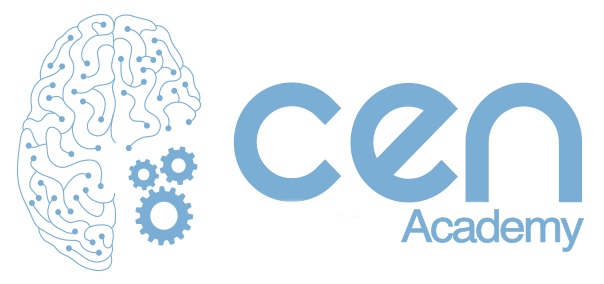At Centro Europeo de Neurociencias , we believe that every step matters—especially the first one after a stroke. That’s why we’re thrilled to participate in RehabWeek 2025, contributing to the workshop «Optimizing Clinical Outcomes in Overground Gait Training through Advanced Technologies.» This workshop will gather leading minds in neuroscience, physiotherapy, and robotics to explore how cutting-edge tools reshape the recovery journey.
Our contribution is rooted in a profound question: How can we restore walking in non-ambulatory individuals post-stroke with both speed and precision?
Recent research, including the systematic review we explored (Alvarenga et al., 2024), has shown that mechanically assisted walking with body weight support (MAW-BWS) is a transformative approach. This intervention doesn’t just get people moving—it catalyzes neuroplasticity, reshaping the brain to reclaim lost function.
Why MAW-BWS?
Walking after a stroke isn’t just mechanical—it’s a cognitive, emotional, and neurophysiological symphony. MAW-BWS amplifies recovery by:
- Facilitating Early Movement: By reducing the physical load, patients can engage in walking earlier than traditional therapy allows.
- Maximizing Repetition and Precision: These devices enable a volume of walking practice that’s unachievable with conventional methods, a cornerstone for neuroplasticity.
- Enhancing Confidence: By mitigating fall risks, MAW-BWS empowers patients to take their first steps toward independence.
What the Data Shows
The evidence is compelling:
- Independent walking: Short-term gains in walking independence with MAW-BWS surpass those from overground training alone.
- Functional ability: Meaningful improvements in walking ability (Functional Ambulation Category scores) are seen, enabling patients to move toward independent living.
- Non-detrimental effects: Walking speed is preserved or even enhanced, dispelling myths that machine-assisted walking might hinder gait patterns.
These findings are not just numbers—they are glimpses into lives restored, families reunited, and futures rewritten.
The Workshop
During RehabWeek 2025, we will delve deeper into these insights:
- How can different MAW-BWS devices be tailored to individual needs?
- What are the practical challenges and cost considerations for integrating these technologies?
- Most importantly, how do we bridge the gap between groundbreaking research and real-world clinical impact?
This is more than a technological revolution—it’s a human revolution, where science and compassion converge to redefine what’s possible.
Join the Conversation
We invite clinicians, researchers, and innovators to join us in this journey. Let’s not just rehabilitate—let’s reimagine what recovery can be.
? RehabWeek 2025 ? Workshop: Optimizing Clinical Outcomes in Overground Gait Training through Advanced Technologies.
Together, we step into a future where every stride is a triumph over limitation.
José López Sánchez
CEO @ Centro Europeo de Neurociencias | Intensive Therapy Specialist

